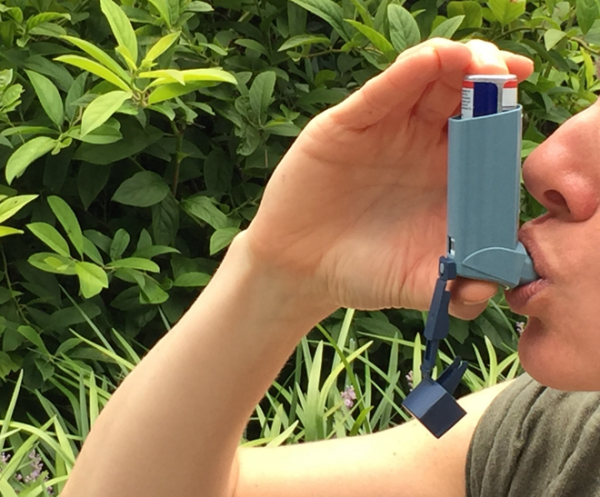
Cervical Cancer Screening Can Be Done At Home Using FDA Approved Teal Wand Device
The U.S. Food and Drug Administration (FDA) has approved the Teal Wand™, the first at-home cervical cancer screening device in the United States. Developed by Teal Health, this innovative tool enables women to self-collect vaginal samples for human papillomavirus (HPV) testing—a primary cause of cervical cancer—without the need for a traditional pelvic exam.
Key features of the teal wand:
User-friendly design: Resembling a tampon, the Teal Wand allows for comfortable self-collection of vaginal samples at home, eliminating the discomfort associated with speculum-based Pap smears.
Clinical accuracy: In the SELF-CERV study, involving over 600 participants, the Teal Wand demonstrated a 96% accuracy rate in detecting cervical precancers, comparable to clinician-collected samples.
High user preference: The study revealed that 94% of participants preferred self-collection at home, and 86% indicated they would be more likely to stay current with screenings if they could do them at home.
Availability and access:
Prescription based: The Teal Wand is available by prescription, which can be obtained through Teal Health’s telehealth platform.
Initial Launch: The product will first be available in California starting June 2025, with plans for nationwide expansion later in the year.
Insurance coverage in US: Teal Health is collaborating with major insurance providers to ensure coverage and is working on flexible payment options to make the test accessible to a broader population.
Implications for public health: The introduction of the Teal Wand addresses several barriers to cervical cancer screening, such as discomfort with pelvic exams, limited access to healthcare facilities, and cultural or personal reservations. By facilitating at-home testing, it aims to increase screening rates, particularly among underserved populations, and contribute to the early detection and prevention of cervical cancer.
While the Teal Wand offers a convenient alternative for HPV testing, it does not replace the need for comprehensive gynecological care. Positive test results should be followed up with in-person consultations for further evaluation and treatment.
Teal Health recommends cervical screening for Women between the screening ages of 25-65 years and with a cervix and has not had a full hysterectomy.
Types of cervical cancer screening devices and tools commonly used:
A cervical cancer screening device is a medical tool or technology used to detect early signs of cervical cancer, often before symptoms appear. The goal is to find abnormal changes in the cells of the cervix that could develop into cancer if not treated.
Pap smear tools:
-A speculum is inserted into the vagina to open it.
-A brush or spatula is used to collect cells from the cervix.
-These cells are examined under a microscope to look for abnormalities (this is called a Pap test or Pap smear).
HPV test devices:
-These devices collect cervical or vaginal cells to test for high-risk types of human papillomavirus (HPV), which can lead to cervical cancer.
-Self-collection devices, like the newly FDA-approved Teal Wand (just approved), allow women to collect a sample at home.
Colposcopes:
If a screening test finds abnormal cells, a colposcope (a type of microscope) may be used in a clinic to visually inspect the cervix in more detail.
Why do screening devices matter?
- Early detection: They help catch precancerous changes early.
- Prevention: Treating abnormal cells can prevent cervical cancer from developing.
- Accessibility: New devices like the Teal Wand aim to make screening more comfortable and accessible, especially for women who avoid in-clinic exams.
References:
- https://www.fiercebiotech.com/medtech/fda-approves-teal-healths-hpv-screening-test-home-alternative-pap-smear
- https://www.thecut.com/
- https://www.foxnews.com/health/first-at-home-hpv-test-approved-fda-could-replace-pap-smear
- https://www.self.com/story/teal-health-cervical-cancer-screening-fda-approved
- www.npr.org
- Image credit: https://www.getteal.com/teal-wand
Author: Sumana Rao | Posted on: May 13, 2025
« Does Linoleic Acid from Seed Oils Increase Breast Cancer Risk? Return Of Covid-19? Resurgence of Covid-19 Variant JN.1 Is Reported In Many Countries »







